PioSolver Course - Endboss Package
Everything you need to know about PIO-
No Previous Experience/Knowledge Required
-
Learn How to Use The Most Advanced and Powerful Features
-
6h of Material, inc feature guide, HH analysis
PLUS bonus Mental Game Series
Blockers in 20m
Learn when to make the big move-
Learn How Blockers Affect Your Folding, Calling and Bluffing Decisions
-
17 Rapid Fire HH analyses
-
Make Smarter Decisions, Play Better =>
Crush Your Opponents

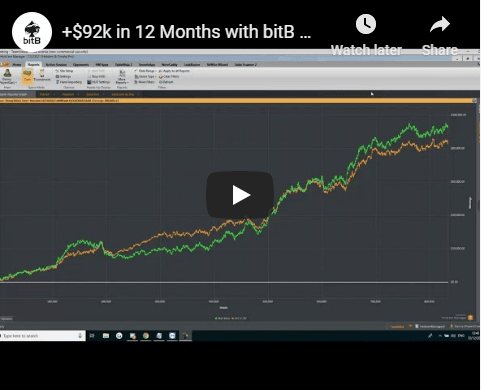
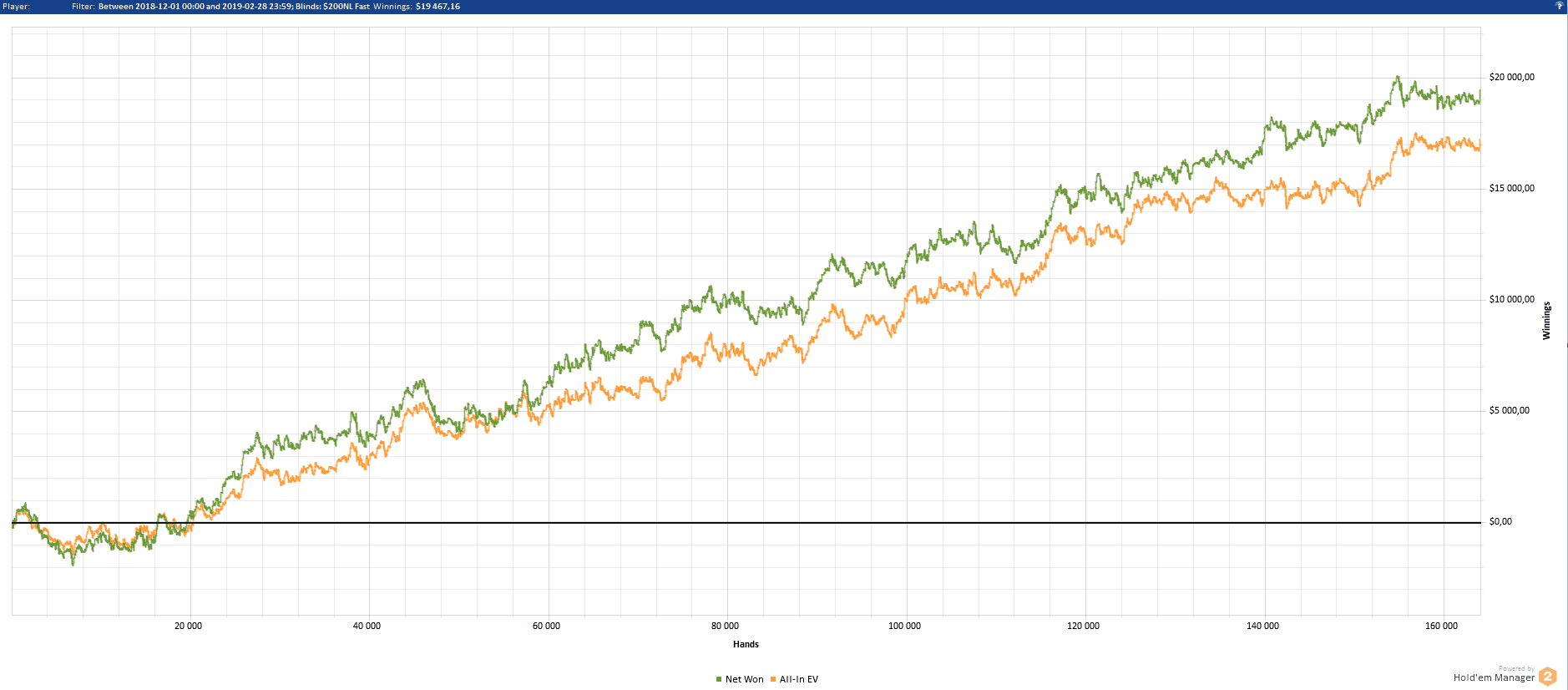

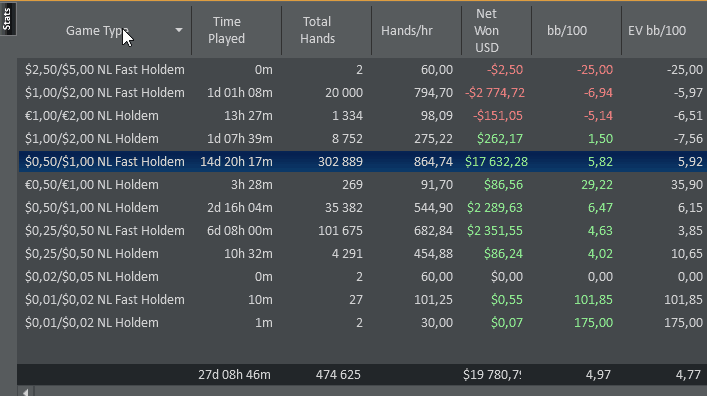
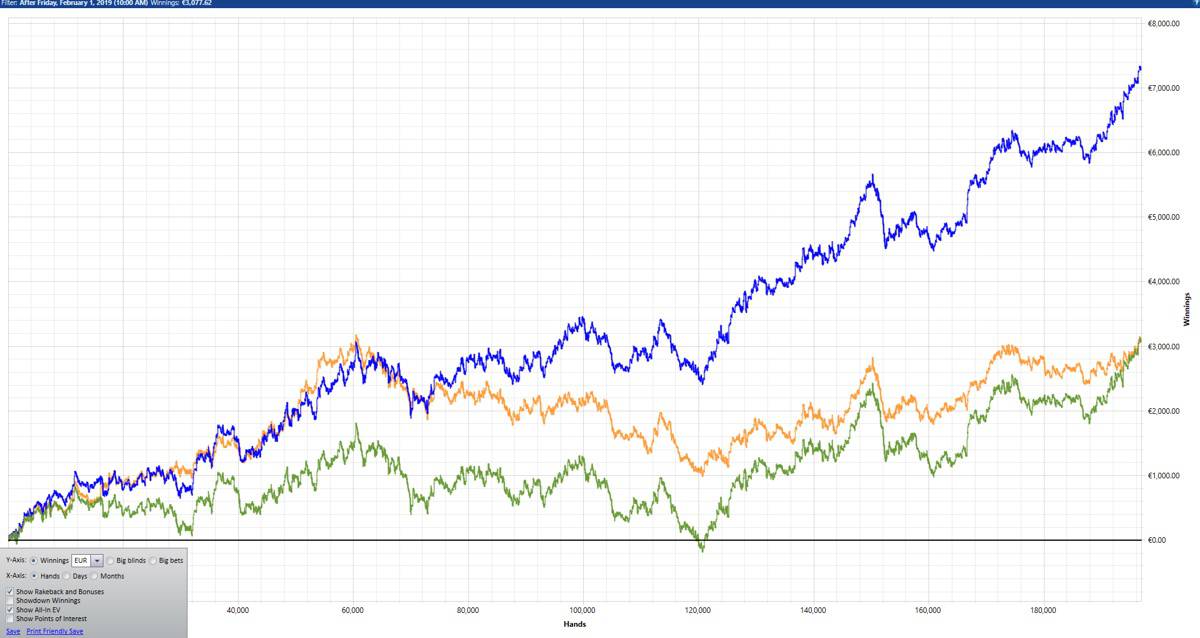
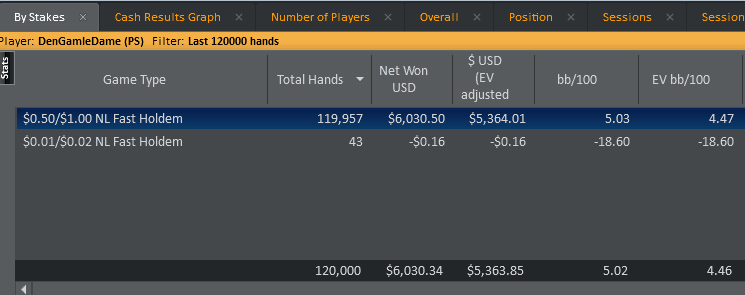

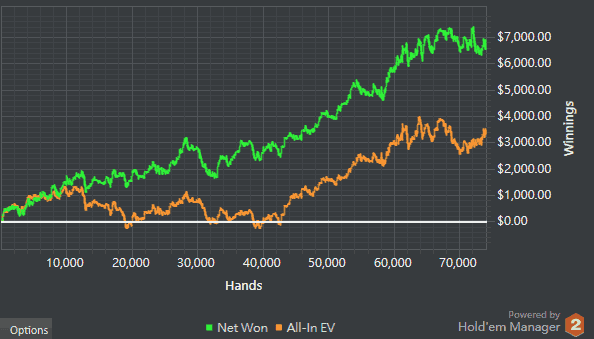
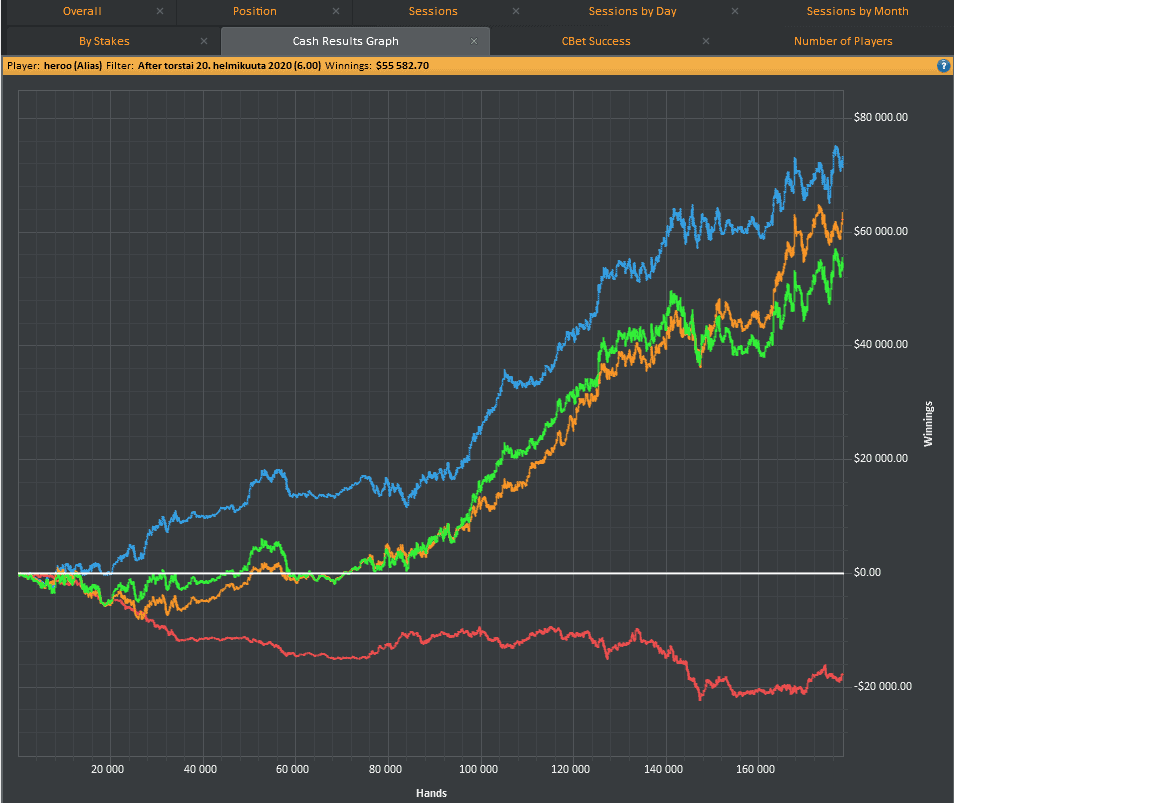

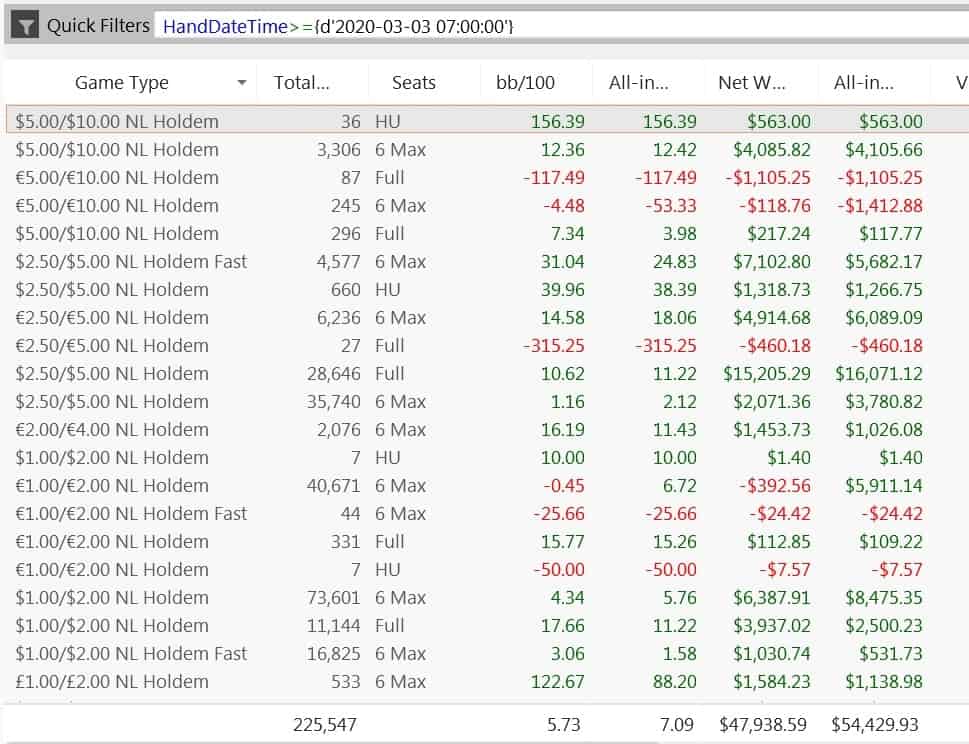
The Ultimate Guide to GTO Poker Solvers
The Ultimate Guide to GTO Poker Solvers - 2. What a Poker Solver Can Tell You, and What it Can't
So, you have a basic understanding of what a poker solver is, what it needs to work and roughly how it generates a solution (if you don’t, check out Part 1 here). At this point, depending how you approach the game, you’re likely fired up to run a thousand simulations in a bunch of different spots, or dubious as to whether or not it’s worth the effort. Either way you’re kind of right – so let’s think more deeply about what a GTO poker solver can tell you, and what it can’t.
When I’m coaching bitB Cash students and we’re looking at solver solutions, I find myself repeating certain phrases over and over:
- ‘Remember, this is what you should do vs a perfect opponent’
- ‘As you know, this is the strategy you use when your villain knows your range, your entire strategy AND will play perfectly against it’
- ‘This is what you should do vs LLinusLLove/OTB_RedBaron’
Etc etc. All of these phrases capture the same reality – GTO solver solutions are generated by the computer playing against itself repeatedly and coming to a point where neither player can exploit the other – known as a Nash Equilibrium. In this circumstance, neither player has any incentive to change their strategy, even given precise knowledge about the other player’s range and strategy. Therefore, GTO solutions are most useful when considering how to play vs very, very strong opponents – infact vs the best/strongest opponent imaginable.
GTO solutions are most useful when considering how to play vs very, very strong opponents
Now clearly, this does not reflect reality at low and even midstakes – our opponents in these games are human, and are largely unable to implement a strategy anywhere near as strong as those generated from solvers. Given the weaknesses in our typical villain’s strategy are often predictable (e.g. playing too nitty, lacking aggression) many players feel that attempting to play in a quasi-GTO manner is a poor approach, leaving money on the table relative to a more exploitative style. This debate will be covered at length in Part 3 (here) of this article series, but for now it’s worth reflecting on the limitations of poker solvers.
3 Limitations of Poker Solvers
Firstly, you might’ve noticed that I’ve not made any mention of postflop situations involving more than one player yet. With good reason – multiway pots are difficult for solvers, as weaknesses in one player’s strategy might benefit one player at the expense of another, meaning multiple equilibria can exist at the same time. There is one mainstream solver (Monker) that can solve for multiway pots by adding some extra layers of abstraction, but even with these simplifications the game trees are exponentially complex and the conclusions you can draw from them aren’t nearly as strong as for 2 player (referred to as Heads Up/HU) pots.
Secondly, your solutions are only as good as your parameters. You might solve for some spot and find you were correct to bet the hand you did for the size you did, but that conclusion might fall down if (for example) you’ve excluded all other betsizes from your tree. Or you might solve some spot only to find that your opponents range is vastly different to what you expected, making all your conclusions less valuable. I can’t tell you how many students have run a simulation, seen some strange conclusions and asked me about it, only for there to have been an error in the game tree structure making things way less realistic (for example mixing up the in position and out of position player, or not give one player the opportunity to make any bet/raise).
But lastly and most importantly, the single biggest limitation of GTO poker solvers is that they can only tell you how to play optimally vs an opponent who is also playing extremely well. They don’t tell you how to adapt to a super-nit playing the nuts only, and please, for the love of god, don’t run a simulation for guidance on how to play vs a 70/40/20 megawhale! Poker solvers are best for analysing HU pots vs strong regulars, period.
What about node-locking?
Advocates of solver-centric poker study often respond to these limitations by pointing out the advantages of node-locking. If this term is unfamiliar to you, let me explain – node locking is altering the strategic choices of one player, then re-solving to find the best response for the other player. For example, I could remove every river bluff from one player’s range, then re-calculate to find out how the other player should respond. However, while node-locking seems like a boon at first glance, it is important to realise and recognise just how little you really know about your opponent’s tendancies. Most often when I see people using node-locking, they are attempting to rationalise or justify their play post-hoc, that their solver initially doesn’t like. If you keep putting extra assumptions/limitations on the solver, you can make it say anything, that doesn’t magically turn a bad play into a good one. Another thing to bear in mind is that if you node-lock for a certain strategy on the turn or river, the solver will adapt the player’s strategies on previous streets so as to make the sub-optimal play on future streets less damaging to their overall EV, so it’s very easy to end up with a set of assumptions that don’t approximate reality at all. Usually it is best practise to look at the EV of the line you’re investigating, before making only some conservative assumptions about how your opponent might be deviating from optimal play (more on how to get the most out of your solver coming in part 6).
It’s very easy to end up with a set of assumptions that don’t approximate reality
That’s it for now, I hope you enjoyed this article – if you share it on social media or leave a comment you’d be doing us a big favour 🙂
GL out there!
D7
The Ultimate Guide to GTO Poker Solvers
PioSolver Course - Endboss Package
Everything you need to know about PIO-
No Previous Experience/Knowledge Required
-
Learn How to Use The Most Advanced and Powerful Features
-
6h of Material, inc feature guide, HH analysis
PLUS bonus Mental Game Series
Blockers in 20m
Learn when to make the big move-
Learn How Blockers Affect Your Folding, Calling and Bluffing Decisions
-
17 Rapid Fire HH analyses
-
Make Smarter Decisions, Play Better =>
Crush Your Opponents













much love <3
Pingback: The Ultimate Guide to GTO Poker Solvers – 3. GTO vs Exploitative Poker - Do I Need to Use a Poker Solver in 2019? - BitB Cash - Poker Training